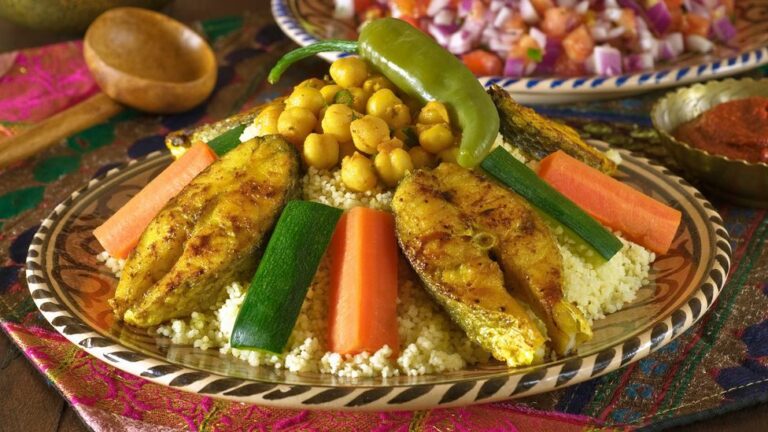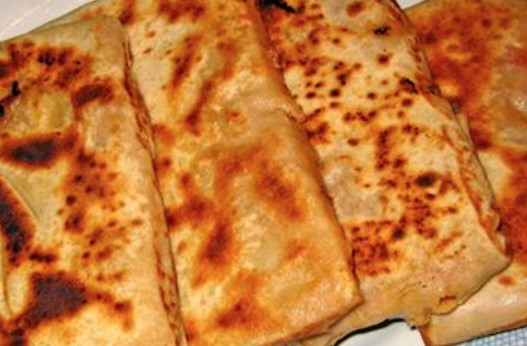Introduction: Tunisian Cuisine
Tunisian cuisine is a unique blend of flavors and ingredients that reflect the country’s rich cultural heritage. From couscous to brik, Tunisian dishes are known for their delicious taste and exquisite aroma. The cuisine is a mix of Berber, Arab, Turkish, and French influences that have been passed down through generations.
Influences on Tunisian Cuisine
Tunisia is located in North Africa, and its cuisine has been influenced by its neighboring countries, Algeria and Libya. The country’s strategic location on the Mediterranean Sea has made it a crossroads for trade and cultural exchange. The Tunisian cuisine has been shaped by the various cultures and ethnic groups that have lived in the region over the centuries.
Algerian Influence on Tunisian Dishes
Algeria and Tunisia share many similarities in their geography, culture, and cuisine. The Algerian influence on Tunisian dishes can be seen in their shared use of spices and herbs such as turmeric, cumin, and coriander. One example of a dish that has been influenced by Algeria is Shakshuka, which is a popular breakfast dish made with eggs, tomatoes, onions, and spices.
Libyan Influence on Tunisian Dishes
Libya and Tunisia share a long history of cultural and economic exchange. The Libyan influence on Tunisian dishes can be seen in the use of ingredients such as olives, dates, and honey. One example of a dish that has been influenced by Libya is Mbattan, which is a traditional Libyan dish made with lamb, eggs, and spices.
Similarities and Differences in Tunisian, Algerian and Libyan Dishes
While Tunisian, Algerian, and Libyan cuisines have many similarities, each country has its unique dishes and flavors. Tunisian cuisine is known for its use of harissa, a spicy chili paste, while Algerian cuisine is known for its use of mutton and couscous. Libyan cuisine is known for its use of dates, honey, and olives. However, all three cuisines share a love of spices and herbs.
Conclusion: Tunisian Cuisine and Its Neighboring Influences
Tunisian cuisine is a unique blend of flavors and ingredients that have been influenced by its neighboring countries, Algeria, and Libya. The country’s strategic location on the Mediterranean Sea has made it a crossroads for trade and cultural exchange, and its cuisine is a reflection of this rich cultural heritage. While each country has its unique dishes and flavors, the shared use of spices and herbs in Tunisian, Algerian, and Libyan cuisines is a testament to the close cultural ties between these neighboring countries.




